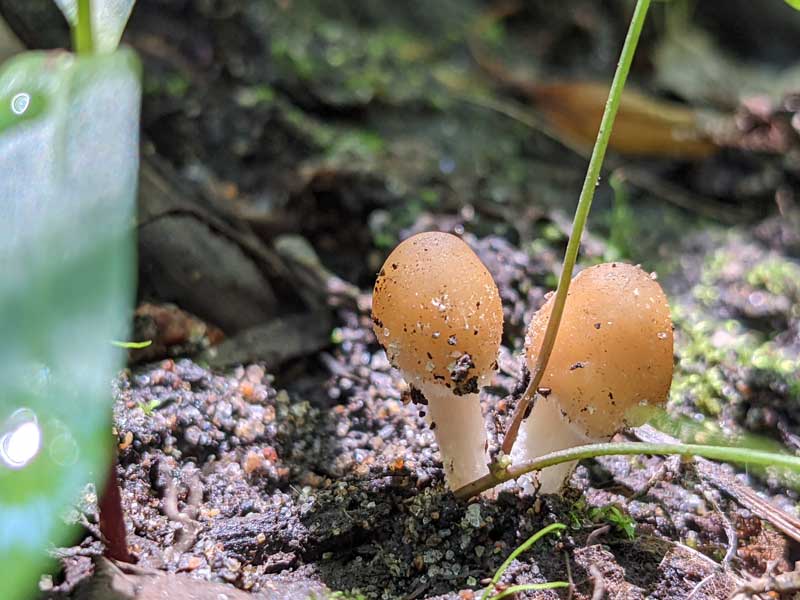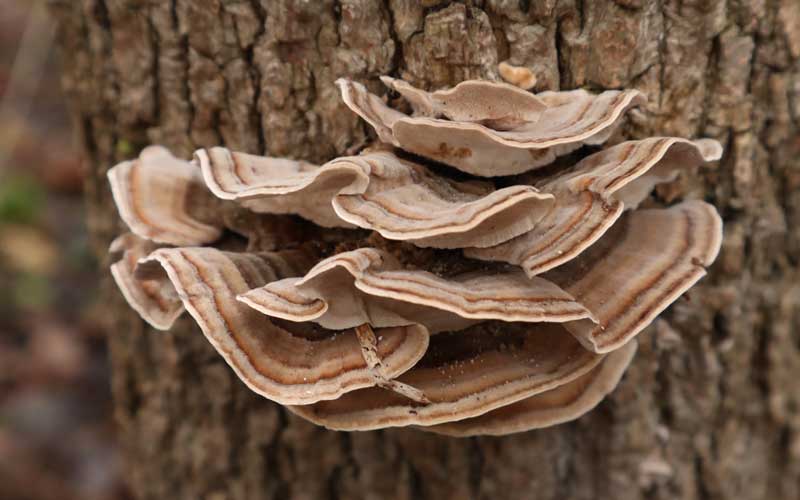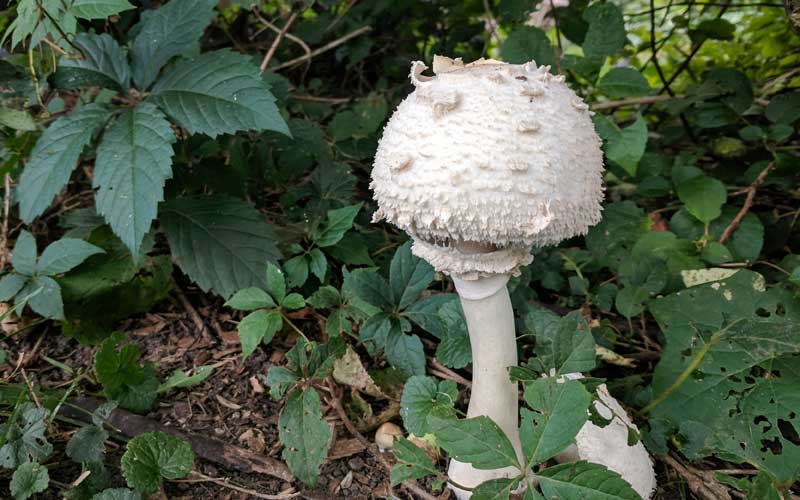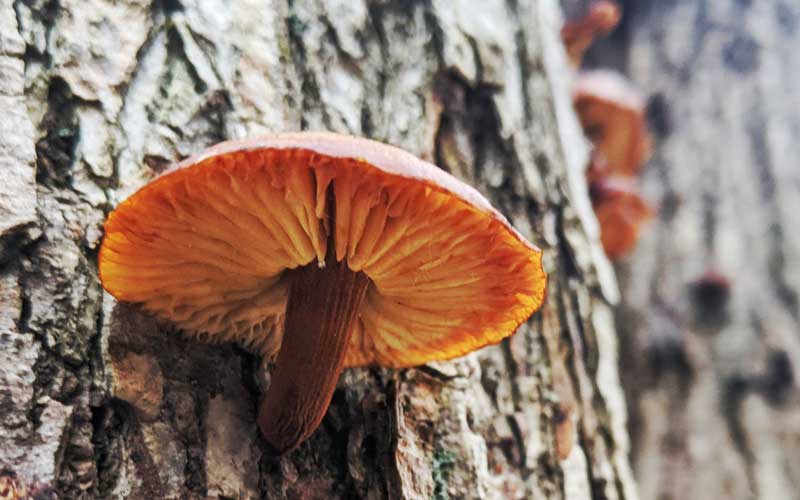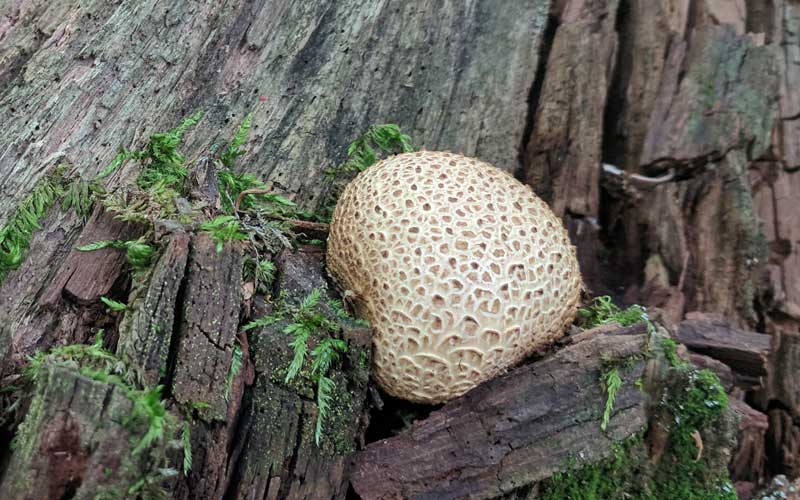- Home
- Mushroom Resources
- Got Questions?
- Why Do Certain Mushroom Species Have Buildups of Heavy Metals?
Why Do Certain Mushroom Species Have Buildups of Heavy Metals?
by Emma

QUESTION:
Why is it that certain mushrooms (especially in the genus Agaricus) have buildups of heavy metals such as cadmium and copper? As in, what is the process in which the mushrooms end up with these heavy metals inside them? Also, how does this affect the edibility?
Thanks,
Emma
ANSWER:
You’re right. There are numerous studies that have looked at the accumulation of heavy metals in the fruiting bodies of various mushroom species.
How come? Why the build up?
There are a few different reasons.
1. Bioaccumulation Mechanism
Mushrooms are really good at bioaccumulation, which refers to the process by which organisms, including fungi, absorb and retain substances from their environment at a rate faster than they can eliminate them.
Heavy metals are absorbed by mushroom mycelium from the soil through their root-like structures. These metals can then be transported to the fruiting bodies, where they accumulate over time.
2. Metal Ions Resembling Nutrients
Some heavy metals, including cadmium and copper, have chemical properties that make them resemble essential nutrients like calcium and zinc. Mushrooms, as well as plants, might absorb these metal ions along with nutrients.
This can lead to unintentional accumulation of heavy metals as mushrooms do not have specific mechanisms to distinguish between essential nutrients and harmful heavy metals.
3. Fungal Growth Habit
The extensive mycelial networks of mushrooms allow them to interact closely with their environment over a large area, parts of which might be polluted. This means that heavy metals present in the soil can be absorbed along with nutrients, contributing to their accumulation in the mushroom.
4. Environmental Pollution:
Mushrooms growing in areas with high levels of pollution, such as near industrial sites or areas with heavy traffic, can accumulate heavy metals from the air as well as the soil. Airborne pollutants containing heavy metals settle on the mushroom surfaces and are subsequently absorbed.
Be aware of the environment in which the mushrooms grow
In many cases, “wild” is better. But in the case of mushrooms foraged in the wild, you have to ask yourself about the growing environment.
Is the area close to polluting industries, or has it been in the past? Or is it fairly pristine, and far from factories, smelters, oil patches, mines, heavy traffic, and so on?
If the former, maybe don't pick from the wild. But if the environment is clean, you should be OK.
In the case of cultivated mushroom, growers have more control over the substrate they use to grow the mushrooms, and are unlikely to use substrate with high levels of heavy metals.
I hope this helps answer your question.
Nick





